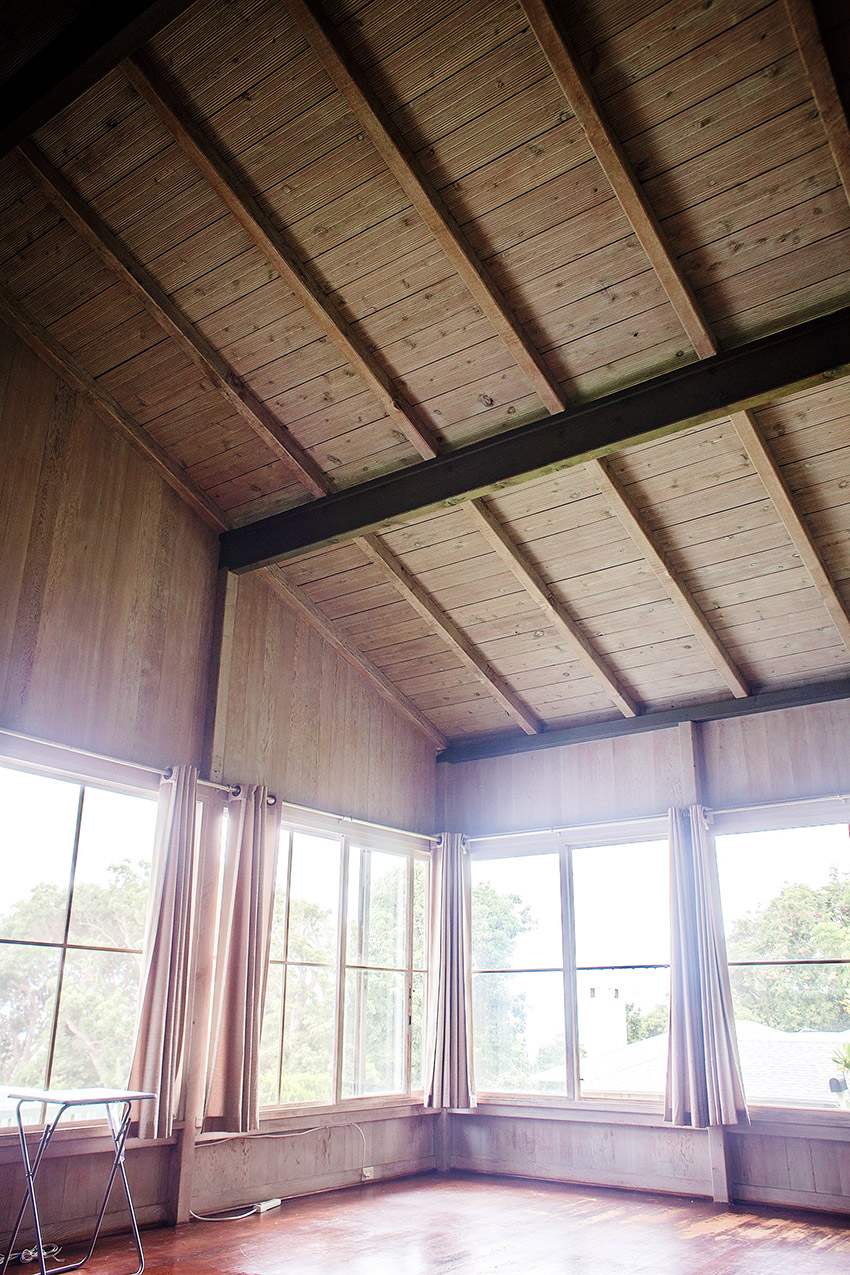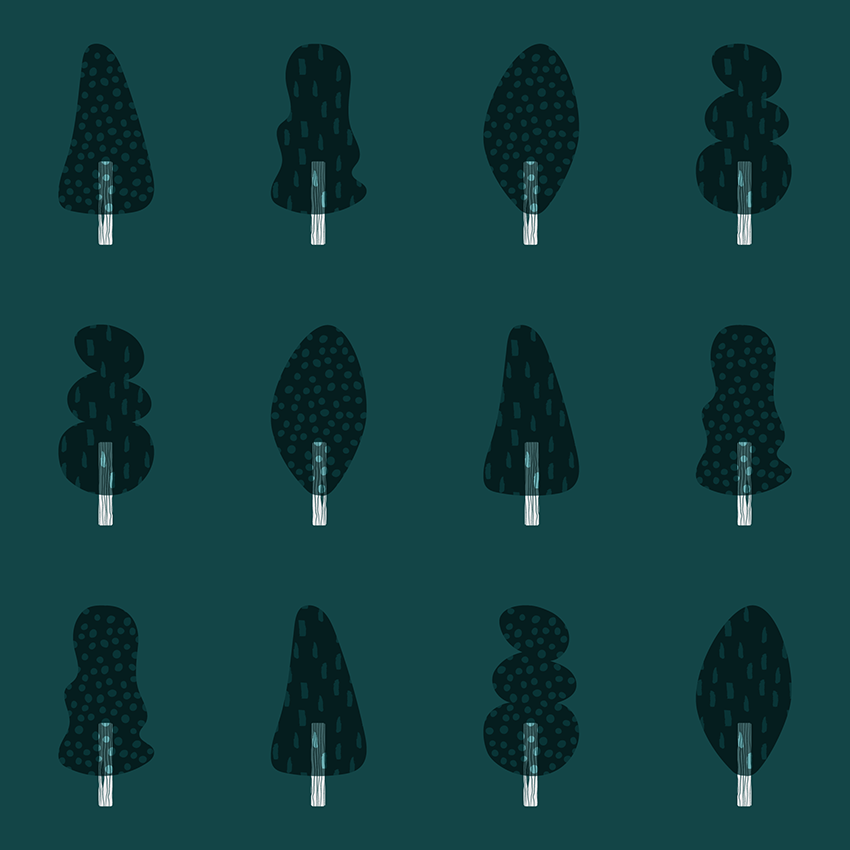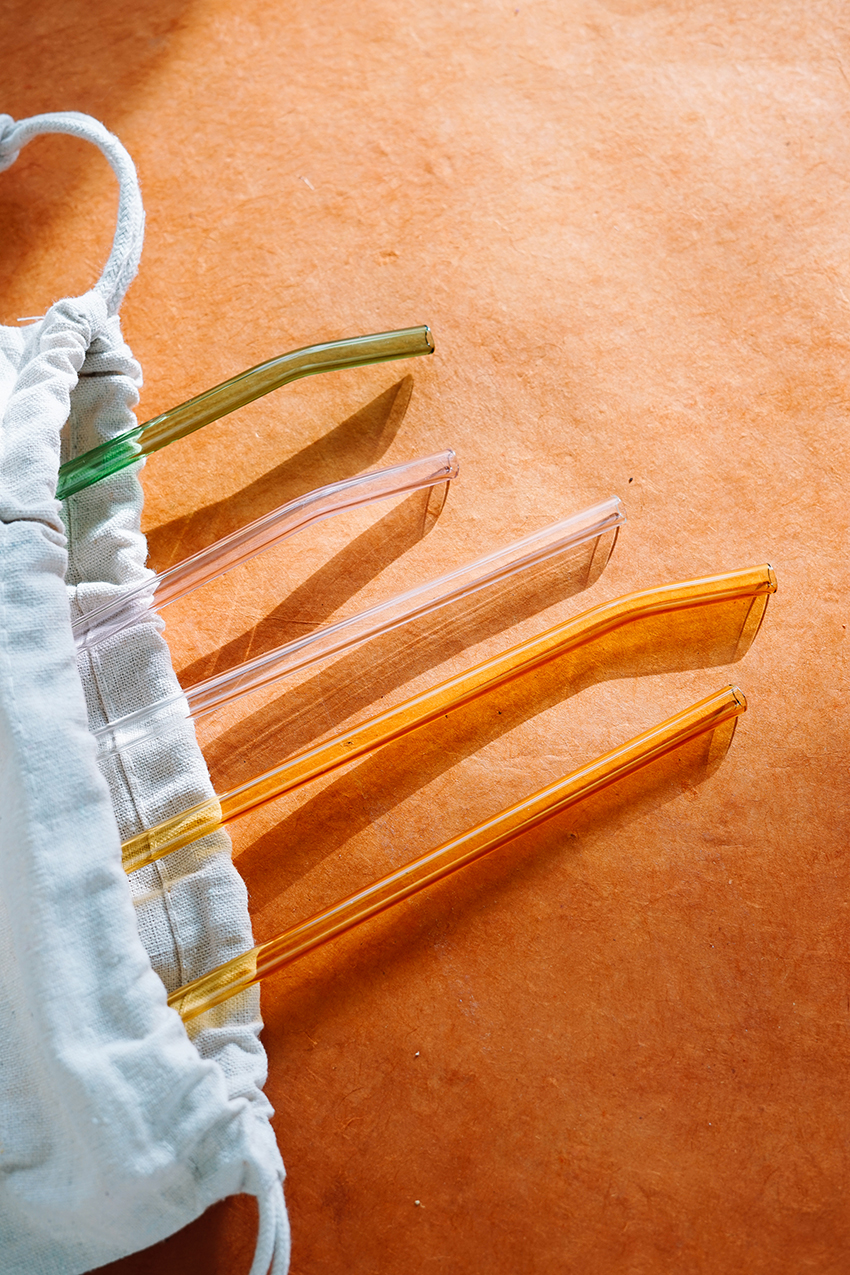As I type out my experience with fixer upper homes, my fingers are stained a deep brown—espresso, as its manufacturer named it—a souvenir from spending the last few days sanding, staining and (soon!) sealing the banister on the loft of my fixer-upper. I’ve spent the last year slowly renovating a traditional plantation-style house in Hawaii, an endeavor that’s been both fun and frustrating, and promises to yield a nice profit. I have another year until it’s finished, a timeline established by ... Read More
Green Living
How to Become a More Mindful, Efficient Thrift Shopper
Mindfulness is about being aware. And when it comes to thrift shopping, I think it's all about getting rid of the "if it doesn't work, I'll just re-donate or sell it!" mindset. It's been proven that many chain thrift stores, like Goodwill, are not lacking in donations. They've basically become the landfill that makes you feel good—as there's so much overflow that (literal) tons of it gets thrown away or shipped overseas, causing a multitude of other problems in the process. Smaller independent ... Read More
5 Wins for the Environment This Month
Happy May, all! In the last month, a lot of us have been adopting several small, positive habits to reduce our impact in our communities and at home. Our own contributors are also doing everything from building a tiny home (it's not a contest, but yeah, she wins) to creating a conscious closet. Now, it's time to see what the rest of our region, country, and world is doing. Here are a few of our favorite wins for the environment from the past month. I think the fourth one is my absolute fave ... Read More
What it Means to be a Creative Designer with a Zero Waste Lifestyle
If there’s one question that defines our generation, it has to be this: how do we align our lives with our work, so that we’re doing work that represents our desired lifestyles and values, while supporting ourselves and our families? Natalie of Natalie Hands Studio is one business owner doing just that. I’ve seen a few freelancers who have branded themselves in a way similar to what I do in my business—targeting small brands and organizations that are committed to environmental and social ... Read More
7 Things I’ve Learned from Building a Tiny House
For those of you who haven’t yet heard, yes—I am currently in the midst of building a 196-square-foot sustainable tiny house. Why would I start building a tiny house at 26, especially in the throes of a bitter mountain winter while couch-hopping myself? I have a few thoughts. For now, the journey continues, and while it is far from reaching its endpoint, it continues to enrich. I am a vastly different human five months into this project than I was at its start, and the construction process ... Read More
10 Easy Peasy Ways to Reduce Your Impact
In honor of Earth Day, we’ve compiled some of our favorite easy ways to reduce your impact. Hopefully with all of the Earth Day posts, National Parks Week, and Fashion Revolution going on, you’ll feel just as inspired as us to make a difference. We all have to start somewhere and there is no shame in saying, I haven’t done any of these, but I’m going to start. My fave is #1—I go on walks everyday so I’m going to make it a point to pick up at least one piece of trash each day. Let us know what ... Read More






